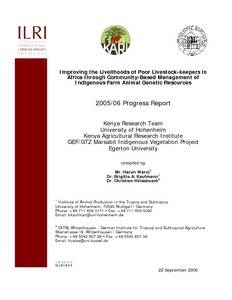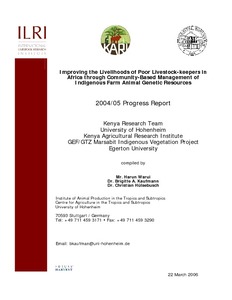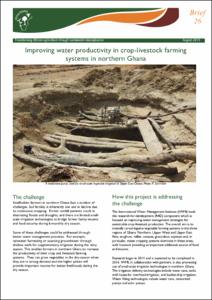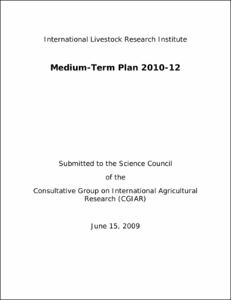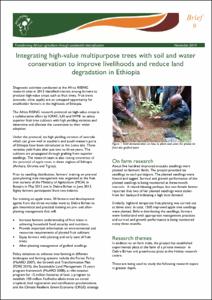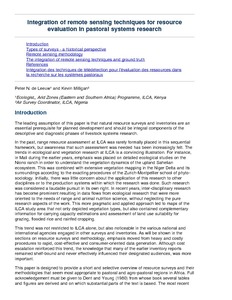Improving the livelihoods of poor livestock-keepers in Africa through community-based management of indigenous farm animal genetic resources: Kenya 2004/05 progress report
Improving water productivity in crop-livestock farming systems in northern Ghana
Incorporating a water-logging routine into CERES-Maize, and some preliminary evaluations
The inability of CERES-Maize v3.0 to simulate a fluctuating water table has been identified as a major constraint in using this particular model in South Africa and in Kenya. Information regarding fluctuating water tables under specific conditions, and their influence on maize production, has been presented in South African literature. The objective of this study was to construct a simple water-logging subroutine based on these mechanisms, using the existing input data structure of CERES-Maize.
Insect pests and diseases in Indonesian forest: an assessment of the major threats, research efforts and literature
To understand the potential role of forest products in household livelihoods, a study of the woodcraft industry in Zimbabwe was initiated. The woodcraft industry has increased steadily since the late 1980s. The factors driving the upsurge in the woodcraft industry are: (1) the increased demand by tourists; and (2) the need by rural households to find cash income sources. The structural adjustment programme, with one of its emphases being the decontrol of the currency, has probably played a key role in driving the rise in woodcraft production.
International Livestock Research Institute: medium-term plan 2010-12
This 2010-12 MTP presents relatively few adjustments to research plans from the previous MTP. One main cross-cutting change in the ILRI research program in 2010 will be to accelerate efforts to align research activities to the livestock development challenges presented. In preparation for that, ILRI is conducting a center-commissioned external review in 2009 looking at research into sustainable intensification of smallholder crop-livestock systems to provide a review of past activities and advice on this future focal area.
Integrating high-value multipurpose trees with soil and water conservation to improve livelihoods and reduce land degradation in Ethiopia
Integration of remote sensing techniques for resource evaluation in pastoral systems research
Reviews most recent applications of methodologies for resource surveys appropriate to pastoral & agro-pastoral regions in Africa, with particular reference to remote sensing methodologies, viz. satellite imagery, aerial photography, side-looking radar (SLR), spectral radiance and low-altitutde aerial survey. Discusses the integration of remote sensing techniques with ground truth within the context of rapid appraisal methods and early warning procedures within a livestock systems research approach.

